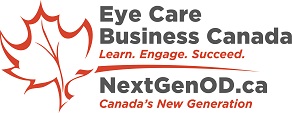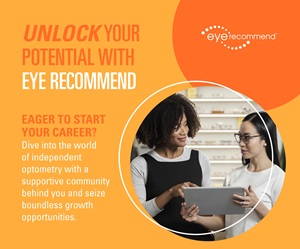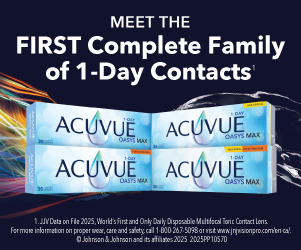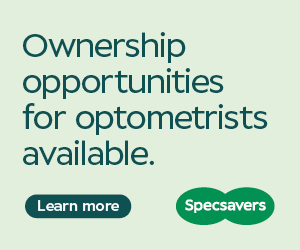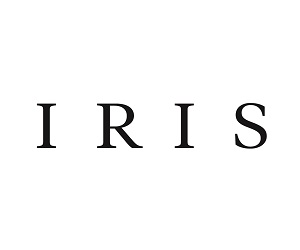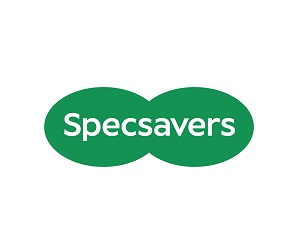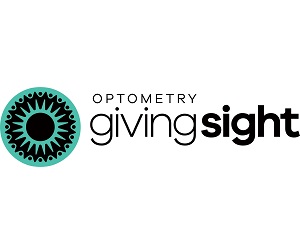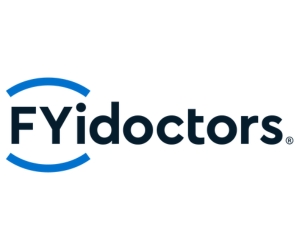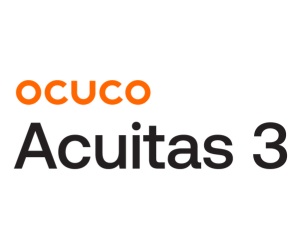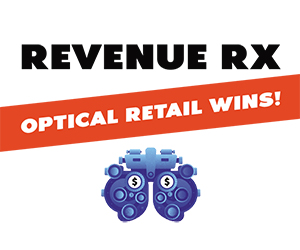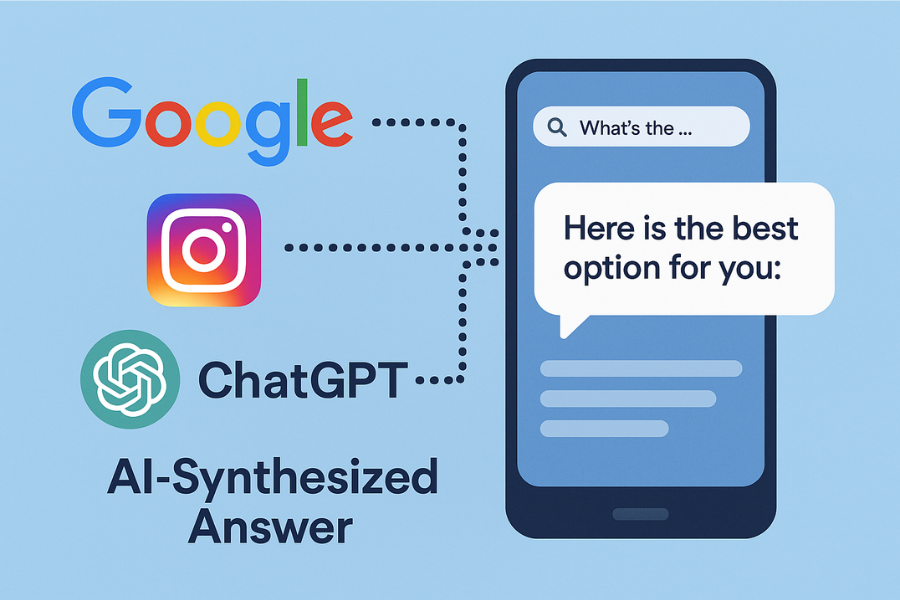
AI is not just changing how patients search. It is changing what shows up and what they actually see. Visibility today is about shaping the digital signals that AI platforms rely on to guide patient decisions.
Ask most practice owners what visibility means
You will hear a range of answers: being on Google, showing up in search, posting on social media. But all of those channels have evolved and so has the way patients engage with them. Visibility is not only about being found; it is about being chosen. In a post-AI landscape, how your practice is seen matters just as much as where it appears.
AI changed the optics, literally
Until recently, most patients searched for care using familiar tools like Google Maps, “near me” searches, or Instagram location tags. But with the rise of large language models such as ChatGPT, Google’s AI Overviews, and Perplexity, a new shift has taken place. AI is now interpreting your entire online presence for the patient.
Patients can ask a question like:
“What is the best eye doctor near me who takes time with patients?”
Instead of offering a list of websites, AI now delivers a direct response based on patterns pulled from reviews, business listings, social posts, and web content.
If your practice has the right signals in place, it can become the answer. If those signals are missing, if your reviews are generic, your Google Business Profile is outdated, or your website lacks specific content on common conditions, your practice may not be shown at all.
Your practice is a data source, whether you know it or not
Here is what many practices have not yet realized: you do not need to opt in for AI tools to pull your data. These systems are already scanning and summarizing the public web, including:
- Your Google Business Profile (Get Started)
- Patient reviews
- Instagram captions and hashtags
- Website content and FAQs
- Online articles or directories
AI platforms like OpenAI’s models and Google’s new Overviews are not just scanning one post or listing. They are gathering information from dozens or even hundreds of sources and using those signals to generate a synthesized, direct answer to the patient’s question.
Your practice is not judged by a single listing or blog post. It is being interpreted based on the totality of your digital presence across platforms, formats, and third-party mentions.
The story AI tells about your practice is not based on what you say. It is based on what the internet says about you. And in many cases, that story is incomplete or outdated.
Discoverability has a new layer
Traditional local search focused on:
- Proximity / Location
- Keyword relevance
- Website performance
These factors still matter, but AI has added a new layer of context. It now considers:
- Does your content answer patient-specific questions?
- Do your reviews speak to real outcomes?
- Are you mentioned or referenced outside of your own website?
AI does not simply collect information. It summarizes it. This means surface-level SEO and generic descriptions are no longer enough. Your online presence must be specific, consistent, and rich with meaningful signals.
Today’s platforms:
- Scan 30, 50, even 100 sources at once
- Pull patterns, phrasing, and consensus from across the web
- Deliver a single answer, often without showing the user where that answer came from
Instead of a potential patient clicking on your website or blog, the AI is summarizing what it already knows about your practice—based on everything else it can find.
Visibility is an ecosystem, not a checklist
Many practices still approach visibility as a list of tasks:
But in today’s search landscape, visibility depends on how those pieces connect.
When your Google profile is active, your reviews are recent and detailed, and your content reflects your expertise, it creates a trust signal that platforms recognize.
This kind of visibility is not a one-time marketing effort. It is a living system that supports long-term discoverability.
What this means for your practice
Every practice can improve visibility using tools it already has access to. Patient reviews are one of the most powerful and underutilized visibility signals. Reviews that mention the doctor’s name, the condition treated, and the city are especially effective. For example:
“Dr. Morris in Whitby helped me manage my dry eye, and now I can get through the workday without discomfort.”
This kind of review is not just about reputation. It gives search engines and AI platforms the information they need to understand your relevance and local connection.
Practices that start investing in this type of clarity and specificity now will be in a stronger position as AI-driven discovery continues to evolve.
Being seen no longer depends on just having a website or a few good keywords. Visibility today is about shaping the signals that patients and platforms rely on to make decisions.

Louise Courville
Louise Courville is a visibility strategist and founder of EYE Reputation, an agency built to help eye care practices increase visibility across Google, social, and AI platforms.
She brings decades of experience in the optical industry and over eight years in digital marketing. Louise writes about how search, AI, and trust signals are reshaping the way patients find eye care online.
